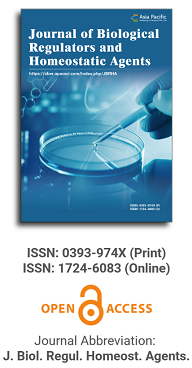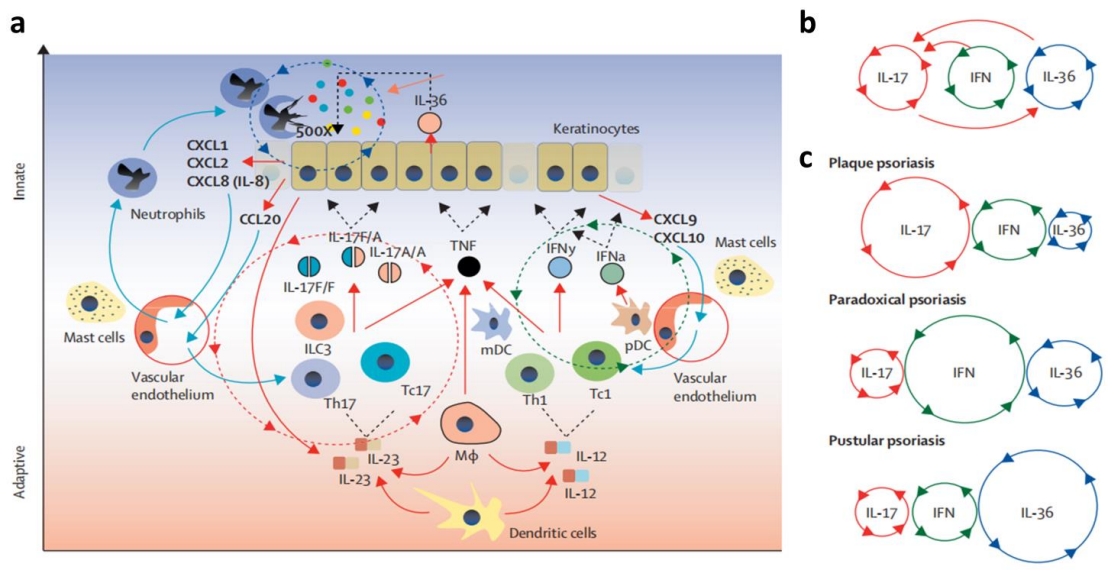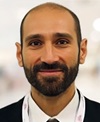
Asia Pacific Academy of Science Pte. Ltd. (APACSCI) specializes in international journal publishing. APACSCI adopts the open access publishing model and provides an important communication bridge for academic groups whose interest fields include engineering, technology, medicine, computer, mathematics, agriculture and forestry, and environment.

The signature of longevity in Sicily
Vol 32, Issue 4S1, 2018
Abstract
Ageing is a natural and physiological condition that is the result of compromised stress response, homeostatic imbalance and increased risk of developing diseases. However, if aging with good health and functions (successful ageing) and aging with disease and disability (unsuccessful ageing) depends on a combination of “positive features”, including genetic, epigenetic and phenotypic characteristics in combination with favourable environment, economic status and social involvement. In our study, we summarize some key points for the identification of a longevity signature, with a particular focus on long-living Sicilian individuals and centenarians. Analysing three different Sicilian cohorts (young, people with no centenarian parents and long-living individuals (LLI) aged >90) we found APOE e3e3 in our LLIs and no presence of e4. Regarding FOXO rs2802292 G-allele (G>T) we did not observe an association with longevity, probably because of the small sample of centenarians studied. Regarding haematological and anthropometric results, it is still difficult to point specific longevity features and so far, we cannot specify a single one. On the other hand, we believe that the synergy among genetics and environment might create successful interaction to achieve and obtain effective longevity.
Keywords
References
Supporting Agencies
Copyright (c) 2018 G Accardi, L Scola, A Aiello, S Aprile, M Bulati, G Candore, C Caruso, L Cristaldi, G Duro, C M Gambino, M E Ligotti, S Vasto

This site is licensed under a Creative Commons Attribution 4.0 International License (CC BY 4.0).

Medical Genetics, University of Torino Medical School, Italy

Department of Biomedical, Surgical and Dental Sciences, University of Milan, Italy

